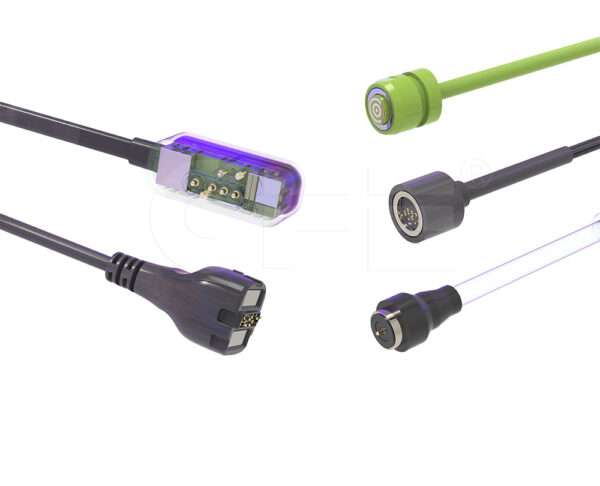CFE Technology offers customized spring terminal connector.
The spring terminal connector is made of a spring contact probe. By implementing the spring contact pin, the spring terminal connector is not generated by inserting the pin into the socket but during the detection of the contact point and the contact point. The contact points are soldered to the circuit board. The advantage of this technology is the high reliability of a very high number of cycles up to 10,000 fortifications. The strong permanent magnet consists of NdFeB alloy (NdFeB), which ensures fast impact and vibration resistance, as well as simple solutions for self-guided connections or plugs and devices.
The socket is a key element in the development and testing of semiconductor products. Different types of sockets provide specific electrical and mechanical parameters for specific steps in the product testing process. In high-performance sockets, pogo pin is still the preferred contact for 90% of applications. However, for high-speed serial links and emerging RF (RF) applications, engineers must replace the familiar pogo pins with more external spring terminal connector to ensure signal integrity and reliable performance.
Pogo Pins – Spring Terminal Connector
The Pogo pin spring terminal connector is considered the best compromise for electrical performance and mechanical reliability. However, for arrays, the pogo pin mode can not achieve 50Ω contact in the area array device because it is virtually impossible to manufacture pins with 50 W characteristic impedance and suitable for the tight spacing currently in use.
For area array devices such as BGA, QFN or LGA, it is not possible to manufacture 50Ω spring terminal connector at a necessary spacing of 0.4 to 0.65 mm. The solution to the problem is to make the pogo pin as short as possible. For example, a 2 mm spring needle results in a low parasitic effect that can support 20 GHz bandwidth applications. However, at these high frequencies, mutual parasitics (L + C) will introduce excessive mutual coupling between test contacts.





